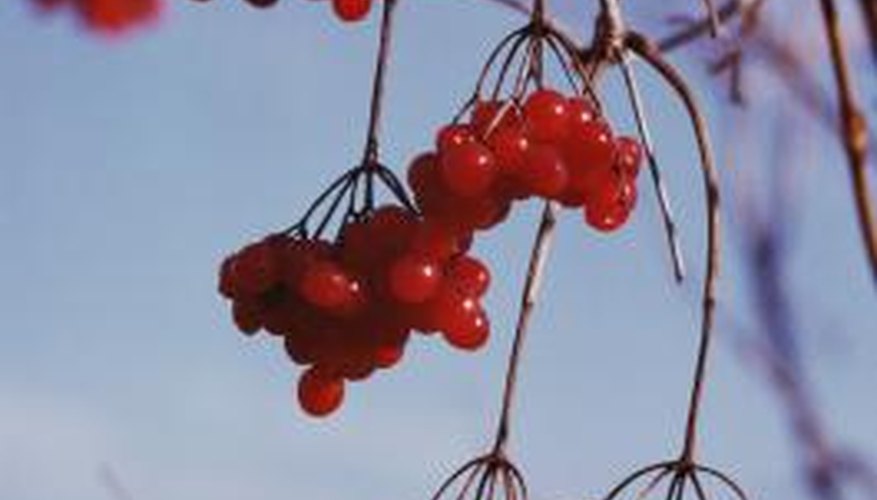Pollarding is a technique to extensively prune a tree so that the canopy forms a ball appearance 1.8 3 m (6 to 10 feet) off the ground. Trees that take well to being pollarded are oak, maple, mulberry, willow and black locusts. It is normally best to pollard trees in the early spring to allow them to grow during the summer. However, cherry trees are best pruned in summer after their year's growth has established itself. Since cherry trees are not among the trees recommended for pollarding, you will have to make the choice as to when to prune it.
- Pollarding is a technique to extensively prune a tree so that the canopy forms a ball appearance 1.8 3 m (6 to 10 feet) off the ground.
Prune the major branches of the tree so that they are only 30 to 45 cm (12 to 18 inches) long. Prune all other branches off from the tree close to the trunk. The pruned major branch tops should be all the same height on an imaginary horizontal line.
Prune the lower branches to give the tree a clean, simple trunk line.
Prune the central leader from the trunk and leave it level with the other branches.
Remove any suckers or limbs that begin to grow below the level of the main branches.
Continue to prune the tree the second and subsequent years. Remove branches that rub against one another, grow at a narrow angle to the limb or are lower than the main branches. Keep the height of the tree where you desire it by pruning back the uppermost limbs.
